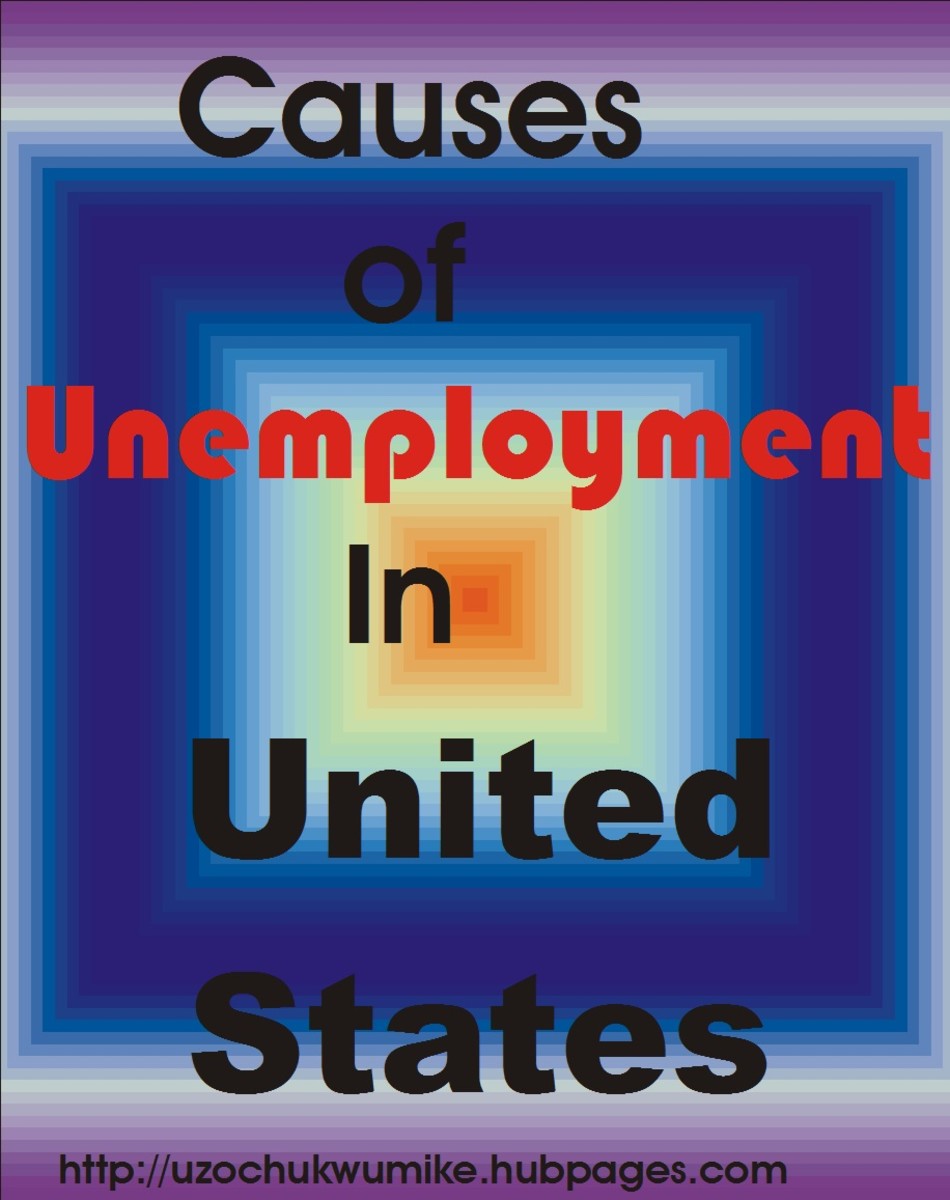How the Changing Gender Role expectations is Affecting Work/life Balance
Introduction
United States is the only country which does not have the policy of paid parental leave among workers. This is despite the fact that, many countries around the world have this law in place and that many parents, both mothers and fathers are enjoying their leaves as they spend time with their newborns in these parts of the world. A number of politicians have, in recent perspective been advocating for strong paid leave policies for the nation’s workers. According to such politicians, paid family leave could go a long way towards ensuring that women do not leave the workforce when they still have the capability to do work. It is within this perspective that we evaluate the necessity of establishing a parental leave policy for both parents as a way of aligning with the international labor and most importantly creating a work-life balance for the country’s increasingly stressed workforce. A change in gender role expectations can positively affect both men and women’s attitude towards their role in parental care, as well as the obligation to earn for the family and redefining their place in the society.
Discussion
In many parts of the world, the numbers of women who are entering gainful employment have significantly rose. As noted by Goldberg et al (1) there has also been an increase in single parents and dual earner families. This has subsequently created a work-life conflict among families who are in gainful employment. Apparently, many countries around the globe have come to the realization on the necessity of establishing a work-family balance that is favorable for both men and women. United States has since the 20th century experienced an influx of women with young children in the labor market as a response to the prevalent economic and social issues bedeviling the country. According to the U.S Department of Labor, the pace at which women are entering the labor market is moving consistently and that this rate has been approximately 73% since 2000 (U.S. Department of Labor, 2013). This showcases the changing role of mothers in the society and the economy in general. In other words, it means that both men and women are seeking or engaging in gainful employment.
In United States, a number of advocacy groups including policymakers, lawyers and experts are advocating for the government to institute paid family leave policies in order to align United States with other developed countries. The current outgoing president Obama has also on several occasions spearheaded the campaign for workplace flexibility and paid parental leave by employers (Dill 1).This follows the fact that the country remains to be behind in laws pertaining to women workers and more particularly the failure to implement parental leave policies (Appelbaum and Milkman 9).This move will also help in addressing the current day’s workforce realities where both parents or a single mother or father fends for the family. It has also been suggested that the federal government to introduce an Act which will create an insurance fund to ensure that all workers were paid when they were given time to attend to their newly born or adopted children at home. Such a law would certainly bring immense benefits to the country’s economy, production, health and to the individuals involved.
An analysis carried out by McNeill and Heymann on the World Center for Policy Analysis Adult Labor Database came up with the finding that 96% of countries worldwide pay women when they are in their maternity leave. The report went on to note that United States was among the eight in the world and the only one with high income rate which did not have in place a paid leave policy for parents of newborns. The report established that almost all members of the EU offered new mothers at least at least three months of paid maternity leave. During this time, the workers are given at least two–thirds of their regular earnings. The authors went on to observe that 81% of the countries observed extended this paid leave to fathers either through parental leave, or paternity leave which is tailored specifically for new fathers or through a combination of the two. Moreover, many of the developed nations offer workers with leave option of either combining paid parental leave or paid employment or in other words, an option of deciding whether to go for that leave or remain in work, but still be paid paternal or parental leave while they facilitate the mother’s gradual return to work.
Apparently, working parents in United States find it difficult to balance family responsibility with work because of the legal and social constraints inherent in the U.S (Cooper and Joan 1). This makes a parental leave policy in United States as something that is long overdue. In fact, such a policy should take into concern the welfare of both parents as many nations have a tendency of neglecting the father in such programs. Sweden can provide a good example where parental leave policy has taken a firm grip and both the father and mother enjoys the benefit associated with the program. Sweden, which is one of the developed countries in the country, is seen as a child friendly and gender neutral in its parental leave program. In this country, both parents receive up to one year leave to take time with their newborn child. Furthermore, this leave is fully paid by the employer, thus ensuring that the family lived a normal life as if they were working. This arrangement which is seen as creating a more work-life balance for the couple also ensure that the father takes a more active role in child upbringing (Bygren and Duvander 363). An additional element of the Swedish parental leave program is that fathers are given the autonomy on whether to utilize the leave, when should they be given the leave and how long they want to use that leave. In other words, it is not necessary that they take the one year period as stipulated in law. They can also choose to forfeit it altogether.
Research makes it clear that both parents need some time off from work as a way of creating work-life balance. For instance, Joyson reported in USA Today 2009 that approximately 45% of mothers in U.S experienced role conflict in 2008 while 59% of fathers were also in the same level during the same year. This study therefore, reveals that in matters of parenting and caring for the newborn, men are also not left off contrary to popular perception. This is also contributed to the changing role of fathers in this 21st century where men and women can do any role. According the survey by Joyson, Men’s inner life have been significantly elevated considering the fact that they are spending time with their children and even involving themselves in caretaking (Miller 1). Stated differently, a lot of men are increasing taking care of their babies by engaging in such activities as washing them, changing nappies, playing with them, babysitting them et cetera.
It is observed that conventional gender roles no longer have taste among many families not only in American, but also in many parts of the world. The survey by Joyson established that approximately 60% of men and women were of the opinion that taking care of children or earning income for the family were the prelate of both parents. The fact that many women are in gainful employment is itself a depiction that family roles have fast changed. Under the current perspective, a number of women already have much work responsibilities while a lot more are yearning for more irrespective of whether they have children or not. This shows transformation of feeling among women and men in regard to gender roles in the family. It should be considered that during the past decade, women were only relegated to housework and kitchen. This therefore, implies that any policy parental leave should take into concern the plight of fathers.
A reasonable parental leave and in this case one year, could work towards resolving the work family conflict currently experienced in many parts of U.S. According to McElwain et al (2005), WFC is in nature reciprocal owing to family and work influences. Stated differently, work could interfere with family life. Newborn babies need to be at the care of their parents at least for some time before being cared by someone else. Conversely, babies need to be breastfed often alongside the presence of their parents. Other cores include attending to their concern such as pain, hunger, changing nappies among others. If parents are subjected to work when they have newborns, it means that such cores as breastfeeding, feeding, washing, cleaning them among others will be done after the parents close their jobs. At times, the works may overlap especially since some tasks need to be performed immediately. For instance, when a child has defecated, it needs to be cleaned immediately and should not wait until evening or such a time when the parent arrives home. Other cores that cannot wait up to such a time include feeding, and breastfeeding. Research points out that a mother’s milk is always the best for a child, and if a mother has to work during such a stage, it means that it may not have enough of it, thus affecting it healthy wise.
Presser explains that, the level of work-family conflict one experiences is a measure of his or her satisfaction towards the job (78). Stated differently, when one experiences work-life conflict, it implies that he is not contented with his job and thus a show or low morale towards the employer or the organization in which he or she is working. This therefore means that when employers provide their employees enough time off inform of paid parental leave, it significantly raises their job satisfaction, morale and thus general performance of the said employee would significantly improve. Conversely, when an employee is restricted and not given time off to cater for his or her family, he or she develops a negative attitude towards the employer and job in general. The job performance for that employer subsequently drops while his or her social and emotional life is negatively affected.
Conclusion
Some five decades ago, a commission was set up to assess and report on Women Status in U.S. Among the recommendations in this report were that working women had to be paid maternity leave for them to remain in the workforce for long. However, until currently, it is still not clear why United States among all states still do not have a family, parental or maternity level policy. This is despite the fact that there are many people advocating for introduction of paid family leave owing to the pressing need. Though there are some few states which have provided their citizens with access to paid parental leave, majority do not harbor any of such benefits. Though there are laws which provide new mothers with some benefits including job protection, there is a pressing need for a comprehensive law to build the economy, protect the rights of individuals and in building a workforce that is more productive.
In conclusion, introduction and implementation of a paid family leave in United States is a policy that is long overdue. It should be considered that many nations around the world have already this policy in place with substantial positive impact. According to this analysis, the benefits of paid family leave ranges from increased economic security, increased labor market, increased welfare and health for families and children alongside the possibility of helping business grow as well promoting competitiveness. On the other hand, when there are no laws pertaining to paid parental leave, there would be negative detriments particularly for new mothers who always find it very challenging between staying away from job without pay and the need to attend to their newly born children.








